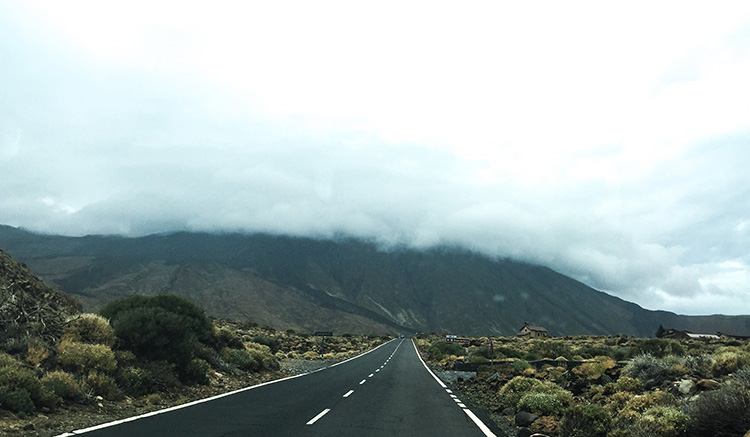India, officially the Republic of India (IAST: Bhārat Gaṇarājya), is a country in South Asia. It is the seventh-largest country by area, the second-most populous country (with over 1.2 billion people), and the most populous democracy in the world. Bounded by the Indian Ocean on the south, the Arabian Sea on the south-west, and the Bay of Bengal on the south-east, it shares land borders with Pakistan to the west; China, Nepal, and Bhutan to the north-east; and Myanmar (Burma) and Bangladesh to the east. In the Indian Ocean, India is in the vicinity of Sri Lanka and the Maldives; in addition, India’s Andaman and Nicobar Islands share a maritime border with Thailand and Indonesia.
Home to the ancient Indus Valley Civilisation and a region of historic trade routes and vast empires, the Indian subcontinent was identified with its commercial and cultural wealth for much of its long history. Four religions—Hinduism, Buddhism, Jainism, and Sikhism—originated here, whereas Zoroastrianism, Judaism, Christianity, and Islam arrived in the 1st millennium CE and also shaped the region’s diverse culture. Gradually annexed by and brought under the administration of the British East India Company from the early 18th century and administered directly by the United Kingdom after the Indian Rebellion of 1857, India became an independent nation in 1947 after a struggle for independence that was marked by non-violent resistance led by Mahatma Gandhi.
Currently, the Indian economy is the world’s seventh-largest by nominal GDP and third-largest by purchasing power parity (PPP). Following market-based economic reforms in 1991, India became one of the fastest-growing major economies; it is considered a newly industrialised country. However, it continues to face the challenges of poverty, corruption, malnutrition and inadequate public healthcare. A nuclear weapons state and a regional power, it has the third-largest standing army in the world and ranks sixth in military expenditure among nations. India is a federal republic governed under a parliamentary system consisting of 29 states and 7 union territories. India is a pluralistic, multilingual, and a multi-ethnic society. It is also home to a diversity of wildlife in a variety of protected habitats.

fishing

fishing
The name India is derived from Indus, which originates from the Old Persian word Sindhi. The latter term stems from the Sanskrit word Sindhu, which was the historical local appellation for the Indus River. The ancient Greeks referred to the Indians as Indoi (Ινδοί), which translates as “The people of the Indus”.
The geographical term Bharat (Bhārat, pronounced [ˈbʱaːrət̪] ( listen)), which is recognised by the Constitution of India as an official name for the country, is used by many Indian languages in its variations. It is a modernisation of the historical name Bharatavarsha, which gained increasing currency from the mid-19th century onwards as a native name of India. Scholars believe it to be named after the Vedic tribe of Bharatas in the second millennium B.C.E. It is also traditionally associated with the rule of the legendary emperor Bharata.[28] Gaṇarājya (literally, people’s State) is the Sanskrit/Hindi term for “republic” dating back to the ancient times.
Hindustan is an ancient Persian name for India dating to 3 century B.C.E. It was introduced into India by the Mughals and widely used since then, often being thought of as the “Land of the Hindus.” Its meaning varied, referring to a region that encompassed northern India and Pakistan or India in its entirety.
When I was growing up, my parents told me, ‘Finish your dinner. People in China and India are starving.’ I tell my daughters, ‘Finish your homework. People in India and China are starving for your job.’
Thomas Friedman
The earliest authenticated human remains in South Asia date to about 30,000 years ago. Nearly contemporaneous Mesolithic rock art sites have been found in many parts of the Indian subcontinent, including at the Bhimbetka rock shelters in Madhya Pradesh. Around 7000 BCE, the first known Neolithic settlements appeared on the subcontinent in Mehrgarh and other sites in western Pakistan. These gradually developed into the Indus Valley Civilisation, the first urban culture in South Asia; it flourished during 2500–1900 BCE in Pakistan and western India. Centred around cities such as Mohenjo-daro, Harappa, Dholavira, and Kalibangan, and relying on varied forms of subsistence, the civilisation engaged robustly in crafts production and wide-ranging trade.
Damaged brown painting of a reclining man and woman.
Paintings at the Ajanta Caves in Aurangabad, Maharashtra, 6th century
In the late Vedic period, around the 6th century BCE, the small states and chiefdoms of the Ganges Plain and the north-western regions had consolidated into 16 major oligarchies and monarchies that were known as the mahajanapadas. The emerging urbanisation gave rise to non-Vedic religious movements, two of which became independent religions. Jainism came into prominence during the life of its exemplar, Mahavira.Buddhism, based on the teachings of Gautama Buddha attracted followers from all social classes excepting the middle class; chronicling the life of the Buddha was central to the beginnings of recorded history in India.
In an age of increasing urban wealth, both religions held up renunciation as an ideal, and both established long-lasting monastic traditions. Politically, by the 3rd century BCE, the kingdom of Magadha had annexed or reduced other states to emerge as the Mauryan Empire. The empire was once thought to have controlled most of the subcontinent excepting the far south, but its core regions are now thought to have been separated by large autonomous areas. The Mauryan kings are known as much for their empire-building and determined management of public life as for Ashoka’s renunciation of militarism and far-flung advocacy of the Buddhist dhamma.















